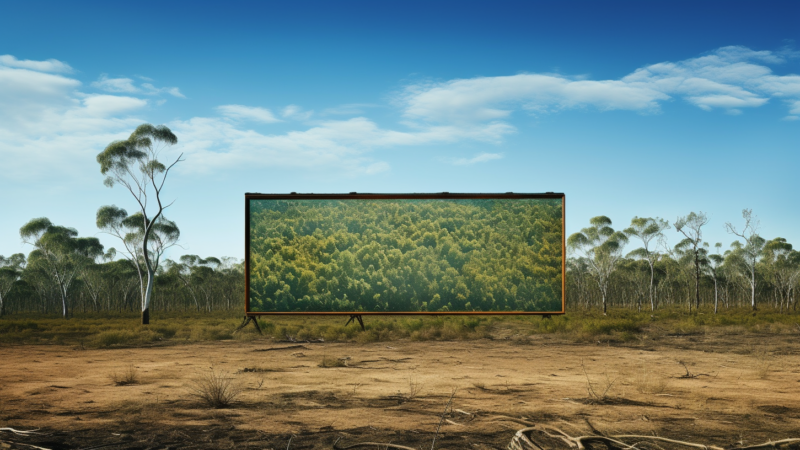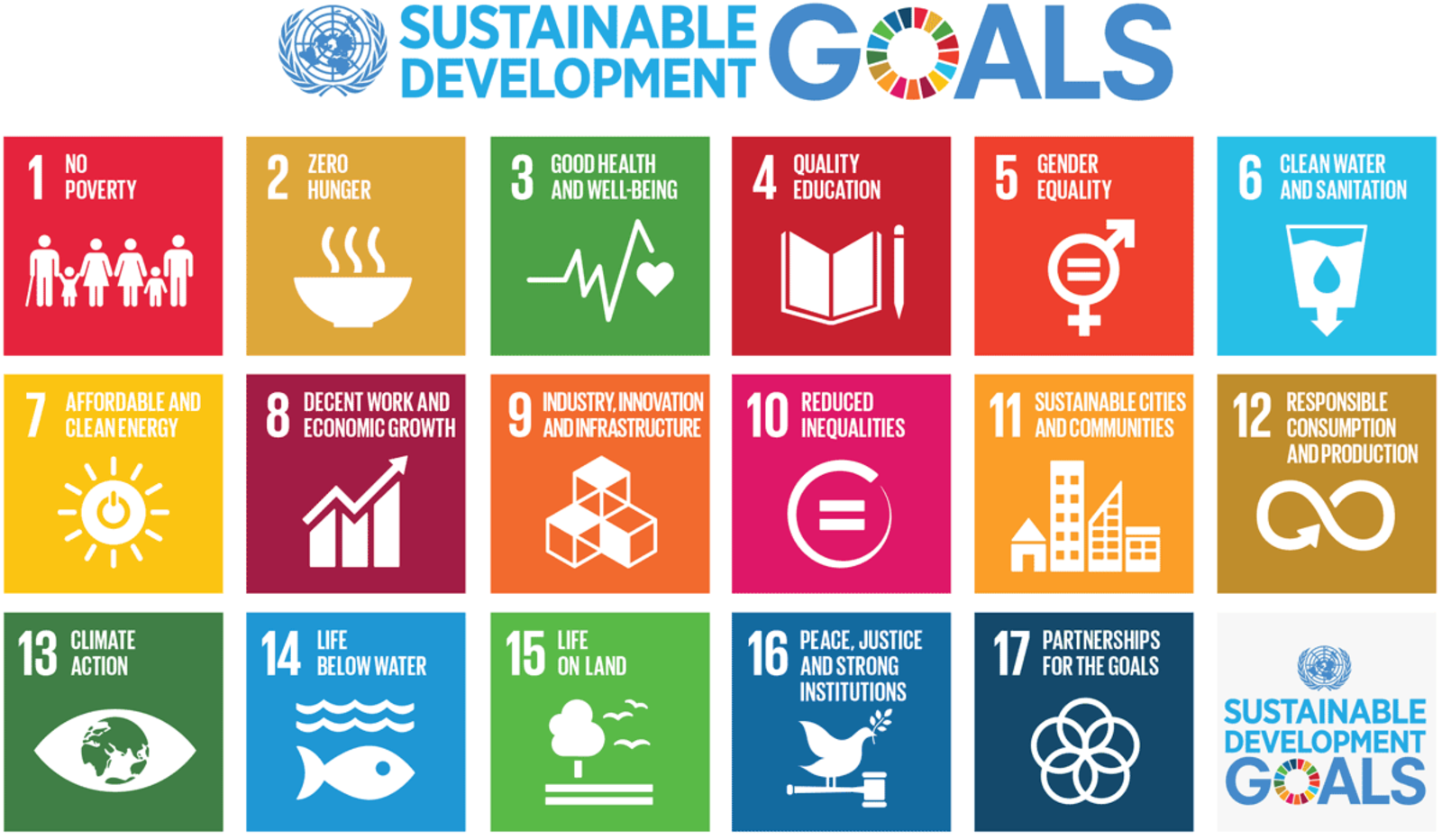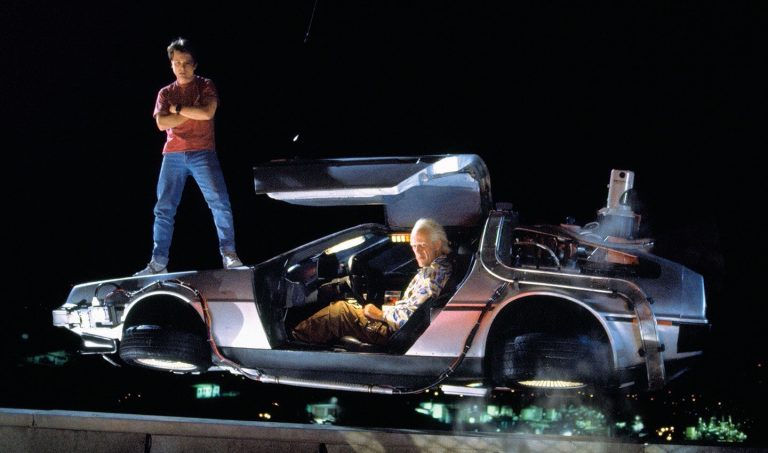Despite strong progress in ESG integration and corporate emissions reductions, deforestation in Australia is increasing, with one of the worst rates of land-clearing in the world.
It’s a driver of biodiversity loss, and as investors and regulators alike shift their attention to protecting and regenerating nature, companies face growing risks from being exposed to industries linked to land-clearing.
They face potential reputational risk, as organisations like WWF Australia push the case for ‘Deforestation-Free Beef’, and the likelihood of new regulations that demand transparency about whether products or supply chains depend on deforestation.
And of course there’s also tangible physical risks. Deforestation not only degrades the ability of land to retain moisture and nutrients and maintain crop pollination, but it also exacerbates climate change through both releasing greenhouse gasses, and reducing carbon sequestration capacity.
If we’re to achieve our net-zero goals, we’ve got to tackle deforestation.
Australia is a Global Deforestation Hotspot
Australia has the highest rates of deforestation of any developed country, and on a global list of the top ten countries clearing land, we come in at number five.
“Australia is a deforestation hotspot globally, this means we’re outstripping our landscapes more than we’re replenishing them. From a developed nation point of view, we are the worst in the world at land clearing, so that warrants pause for concern.” says Rachel Lowry, on the Good Future podcast.
“Clearing is worst across eastern Australia, Queensland and New South Wales at the moment. Those two states have got some decent data systems now, but that’s only in recent years, and we’re yet to really see that data drive the type of progress we need.” Rachel says.
It’s one of those environmental impacts that you’d think was behind us, especially after the huge shareholder losses that came from the demise of listed pulp-mill company Gunns a decade ago. (The Tasmanian company faced a barrage of public opposition to native forest logging that fed its pulp-mills.)
The good news is, that we’re finally seeing a broader set of ‘natural-capital’ risks and impacts come into focus, and in Australia that means finding market-based mechanisms to slow deforestation.
Why Should Investors Care About Deforestation?
Natural-capital risk factors are becoming too great to ignore; and in terms of prioritising action, it’s suggested that land-use change (resulting from global deforestation) represents the greatest potential for natural capital risk for investors.
As with most negative externalities, the risks lie in the exposure along global supply chains, which can be difficult to influence. Analysis from MSCI suggests 11% of corporations, in their key global index, are likely to be either directly or indirectly contributing to deforestation.
Sectors that are most exposed are those with large physical footprints, and a strong dependence on the ‘ecosystem services’ that nature provides, these include: food production, paper products, mining and resources, as well as hotels and restaurants.
On a global scale, the bulk of deforestation is actually driven by the production of a small number of high-demand commodities: palm oil, cattle, soy and wood products.
The interconnected dependencies of companies across global industries will only increase the risk of market volatility driven by further deforestation – as Ceres shows in the image below.
While the risks are mounting, there is a growing chorus of concern about the lack of natural capital analysis and risk mitigation being adopted by companies and their investors. But of course for early movers, this is an opportunity!
A foundational approach is to adopt the LEAP assessment model from the Taskforce on Nature-Related Financial Disclosures (TNFD), it prescribes four key steps:
- Locate your interface with nature
- Evaluate your dependencies and impacts
- Assess your risks and opportunities
- Prepare to respond to nature-related risks and opportunities and report.
In all these stages a vital component is data – we need to get much better at measuring a businesses interactions with nature.
Accurate Deforestation Data is Hard to Find
When it comes to land-clearing, actionable data is hard to come by. But when the team at WWF Australia set about developing a ‘Tree Scorecard’, to compare which states are protecting forests the best, they were dismayed to find a mish-mash of data sources that were incomplete and difficult to compare.
“It took us 18 solid months, with more than two people working full time, to pull that data together. Because we simply don’t have good measurement! We don’t have good data sets.” says Rachel Lowry.
“The state that measures deforestation best is Queensland, they have what’s called a ‘slats system’, and they release the data transparently every year. The next best is NSW, but they don’t release the data transparently. And the rest don’t have it.”
NSW may be making improvements in the data it provides, but that doesn’t mean the results are good. In fact NSW came in last place in the Tree Scorecard.
“Every Australian now can head to the website, they can pull up that Tree Scorecard. And they can actually get a very clear indication of how their respective state or territory is faring when it comes to protecting trees that are standing and restoring landscapes.” Rachel says.
It’s encouraging to see that this sort of exposure is driving action, with the NSW government delivering on an election promise with the announcement it will cease native timber harvesting in ‘koala hubs’, as well as establishing the ‘Great Koala National Park’.
We should note however, that the announcement stopped short of committing to halt logging in the entire park.
The Case for ‘Deforestation-Free Beef’
Major progress has been made in incentivising companies to reduce their carbon emissions, and so too can nature-based progress be driven by market-based mechanisms.
In the process of identifying Australia’s land-clearing hotspots, WWF Australia also suggests solutions. It identified the beef industry as being a major driver of deforestation, which also means it has the potential to reduce its negative impacts on vulnerable species, like Koalas, through better consideration of how they impact their habitats.
“Land-clearing to graze beef cattle is a wicked problem, but it doesn’t have to be a good versus bad issue; it is possible to produce deforestation-free beef. There are a number of pastoralists out there that are doing it. The challenge is that the market doesn’t incentivize it.” says Rachel Lowry.
“This is an opportunity for Australia. If we want to pick a challenge and really lean into it, beef is there for the taking. A key reason for doing it is that you will not recover koala populations in Australia if you don’t shift the beef industry towards being deforestation-free beef, it’s just not possible.”
Raising awareness is an important place to start, from there we can start to give consumers options, so they can direct their spending power towards producers that are taking the lead.
“One of the key drivers of habitat destruction for the Koala is beef production, but so few Australians know about that. At the moment, in the supermarket, we don’t feel empowered as consumers, because there’s no koala-friendly beef on the market yet. This is where the government can step in.” Rachel says.
“We need to catalyse progress in this area. And we’re going to need to look at some levers to really move beef into that regenerative economy pathway before we lose too much more.”
————————–
The conversation with Rachel Lowry was part of the Good Future podcast series exploring opportunities to invest in natural-capital and biodiversity. Listen to the full series here.





